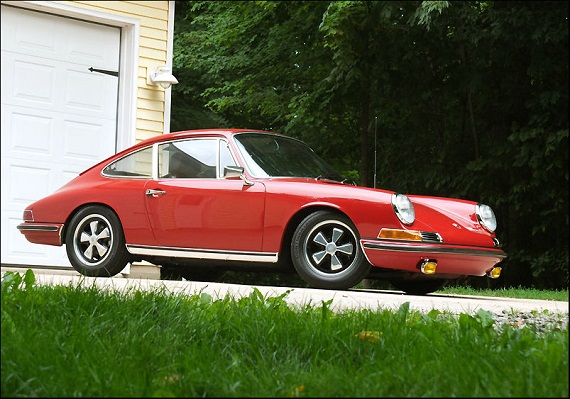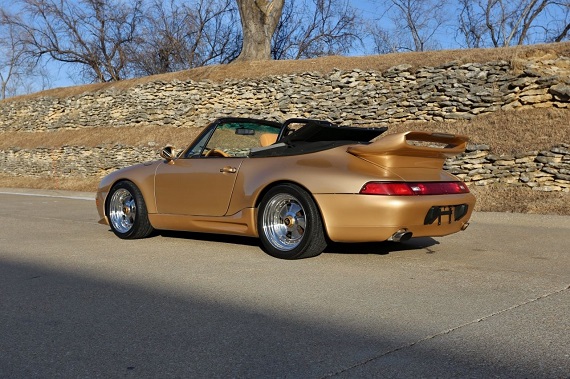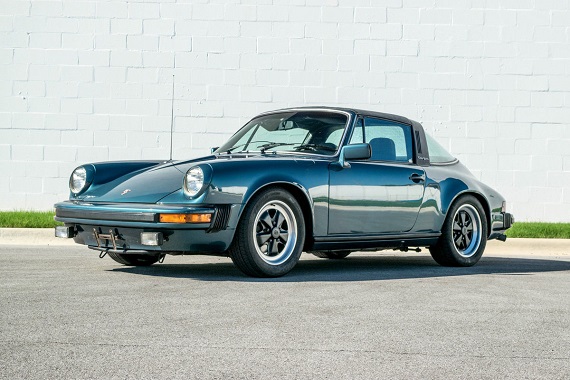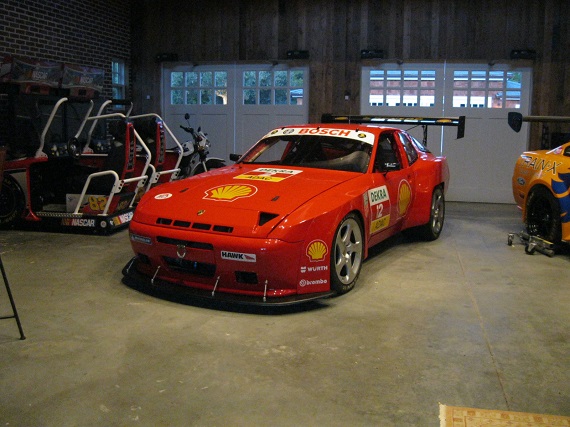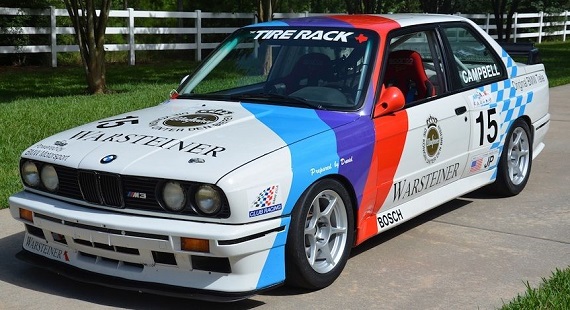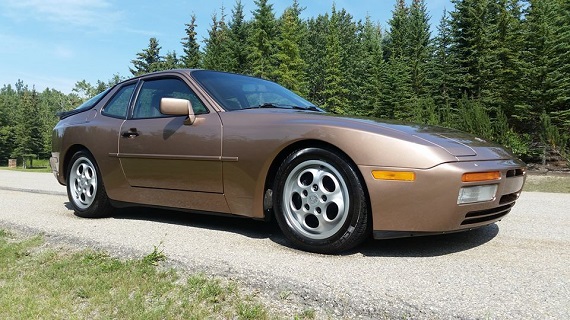Red Porsches have become fairly ubiquitous on the second-hand market due primarily to their popularity in the ’80s and, to a lesser extent, the ’90s, but that popularity has not always been the case. And judging by their lack of prevalence among newer models, we may see their presence gradually wane over time. Among the earliest models they remain somewhat rare, yet they can be incredibly striking. Such is the case with the car here, a Polo Red 1968 Porsche 912, located in Indiana, with a reported 88,800 miles on it. I remain a huge fan of the 912 in general. These were the simpler, 4-cylinder, entry-level counterparts to the 911 that eventually were phased out when Porsche introduced the 911T as its lowest-cost offering. For a long time now the 912 has made for an excellent alternative to the 911 for those seeking a vintage driver for lower cost, but who still desired that 911 shape. That said, as prices for good models increase they do become a more difficult proposition. We’re still at a point where the best examples of the 912 only begin to reach the prices of a decent 911T, so we are not yet dealing with equal levels of condition, but given more time we may see an increased convergence of the market for these two entry-level Porsches.
Tag: Porsche
What is the tipping point in modifying a car? It seems a delicate line which is easily crossed; one that once tripped over pushes the car in question into a free fall from object of desire to ridicule. Obviously, if someone opens up a J.C. Whitney catalog and orders all of the accessories available for their Monte Carlo, it’ll be a bit of a laugh. But what about when the ingredients are all top-dollar, high quality units? Let’s take this 911 for an example and break down the components: at it’s base, this is a 1977 911S Targa, or was. Now, by itself that’s an increasingly valuable commodity – so, it’s a good basis, right? Now it wears an updated 993 wardrobe; they’re a hot commodity, too. And who doesn’t love a cabriolet? Okay, so that’s a lot of people. But some people like them, right? How about the motor, a Ruf modified twin-plug turbo? Wow, put those names together today and you’ve got yourself a retirement plan. And while not the purview of these pages, if you haven’t been following auctions anything with the name Boyd Coddington attached to it has some serious value as well since his death. There has even been a spike in value of classic Recaro seats, and right now brown tones are still totally in vogue. So, with all of these individual bits added together, this car should be worth millions, right?
If you need a reminder that 1970s Porsches weren’t always worth a lot of money, look no further.
CLICK FOR DETAILS: 1977 Porsche 911 Turbo Cabriolet…ish on eBay
15 CommentsAh, the Porsche 911SC Targa, the car my father owned when I was a kid and my first experience in a Porsche of any type. Those early experiences have made these a long-time favorite of mine even if other models now capture my attention more or elicit greater excitement. But for that basic 911 experience this is still the model to which I frequently return and I always enjoy coming across interesting examples. The one we see here fits that bill well: a Petrol Blue Metallic 1979 Porsche 911SC Targa, located in Alabama, with 65,095 miles on it. My own first car, though not a Porsche, was of a similar color to this Targa and it’s always been a part of the color spectrum I’ve enjoyed. As a metallic shade these colors show particularly well under direct light and I think the images here bear that out. With pretty low mileage for its age this looks to be an excellent 911SC and one that should turn some heads any time it finds its way onto the streets.
CLICK FOR DETAILS: 1979 Porsche 911SC Targa on eBay
4 CommentsIf you were to believe the history of Motorsports as told by some E30 enthusiasts, nothing would have existed before the M3 and nothing can compare since. Sure, the M3 was an impressive car and had a long and illustrious career, and in terms of a single type of racing it won more than any other single model has. But was it more dominant than the Porsche 956/962, for example? 8 overall wins at Le Mans is certainly quite impressive in a life that spanned over a decade. Or how about the all-conquering Lancia Delta, which won the WRC Championship for 6 years straight? Or Ferrari’s successive and evolutionary F2002, F2003GA, and F2004 – one of the most dominant streaks in Formula 1 history – the F2004 won 15 out of 18 races and nearly all of the track records it set that year still stand over a decade later. While I’d agree that it doesn’t diminish from the achievement of the E30, I’d argue that it’s not the most impressive achievement in Motorsports history. Still, that winning heritage paid dividends for BMW in the sales and reputation department, and the E30 M3 has become a rocketship still heading towards its apogee. $90,000 for an E30 used to sound laughable, but suddenly it’s the market reality for the limited and low mileage examples. Even track-dog M3s are experiencing a resurgence in value; which raises the question – would you rather have the legend of the M3 or something of racing pedigree from the same generation but with a much higher performance envelope?
CLICK FOR DETAILS: 1988 BMW M3 on eBay
2 CommentsThe last few transaxles I’ve looked at have been a bit eclectic; the 944S was a well priced, good looking driver candidate, but the Turbo S and 924S were both high dollar, ultra-low mileage examples. Is there still a mid-ground? Absolutely, because if you’re willing to look just north of the asking price of many of the normally aspirated models from the 1980s, you can look at the lovely and high performance version of the breed, the 944 Turbo. Introduced in 1986 and upgraded virtually every year, each Turbo model has impressive driving dynamics, are capable of triple digit cruising and are capable and reasonable reliable exotics. Today’s example is presented in more rare to find Nougat Brown with brown Porsche Script interior:
